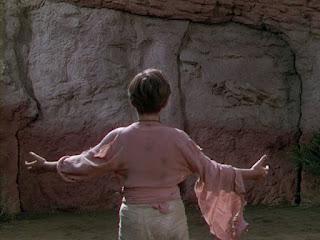 Open Sesame!
Open Sesame! Like a lady that lifts up her crinoline skirt to reveal all that surprising space underneath those layers of fabric!
It's my overactive imagination again of course, one can easily conjure images of a door opening using those magic words or a rock magically moving to reveal the entrance of a cave behind it (as in from the story Ali Baba and the Forty Thieves). It's just that somehow the first image that conjured in my mind when I exclaimed 'Open Sesame' to myself was a 19th century lady suddenly lifting up her skirt.
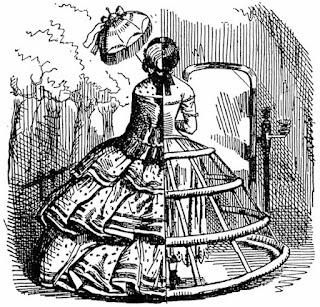
But one word that I did say out loud was 'Voila!' after a particularly good session of removing palm leaves and stripping down lower branches of some of the bamboo culms, then standing back and admiring the fruits of our labor.
Space...all that space we seem to have suddenly gained. Precious space that is a perfect opportunity for underplanting.
And it is also a little realisation and reminder of the faith we had of what we're trying to achieve with the planting scheme in this part of the garden.
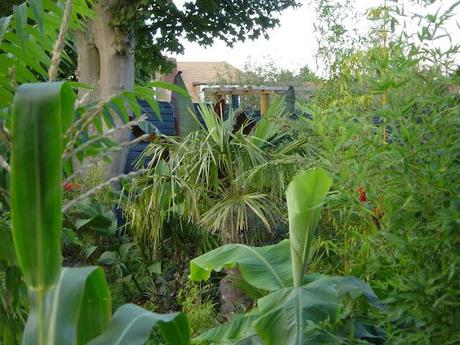
The Jungle Area - July 2006
With jungle style gardening, canopy and layered planting is important and unless you start out with big specimen plants for that instant height and impact (which is an expensive way of doing it) you are likely to start out with smaller plants, hoping that they will eventually get bigger for that all important height and canopy.And starting out with small plants, the journey towards height will entail lots of patience, faith, and self belief in what you're trying to do as it can take years to get there. A good dash of knowledge and elbow grease is needed too, in choosing the right plants to begin with and giving them the much needed maintenance to help them along the way.
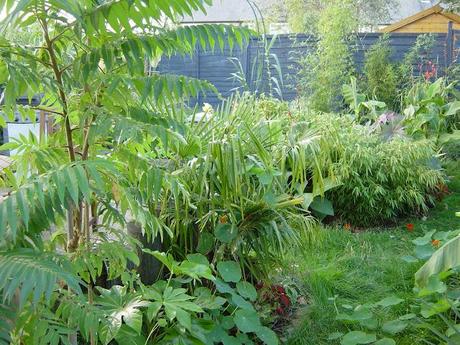
July 2006...
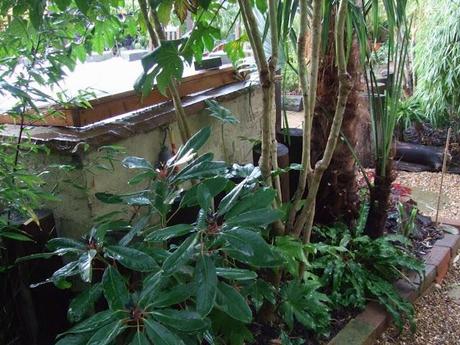
Same area now, April 2012 (note to oneself, must tidy up the cables to the pond!)
When you start out with small plants, apart from the lack of height it's also sometimes astonishing how much foot print they can have, occupying so much horizontal space whilst at the 'short and squat' phase. But the more they grow the more space they will eventually free up as they start getting towards the 'tall and slender' phase.As long as you choose the right sort of plants of course. Go for ones that, in time will grow upwards and out of the way, providing height and canopy as opposed to ones that mainly go bulky without a significant increase in height.
Now which plants to choose choose from? So many to mention and some deserve a blog post in their own right but in our location the solitary trunking Trachycarpus palm fits the bill well, and so does Fatsia. Cordyline australis used to be a good candidate but with recent harsher winters it has proven not as resilient as perceived and just keeps getting cut back, resprouting from much lower down or from the ground. And that's not good if it keeps going backward rather than forward (or upward I should say!).

Then at June 2006...
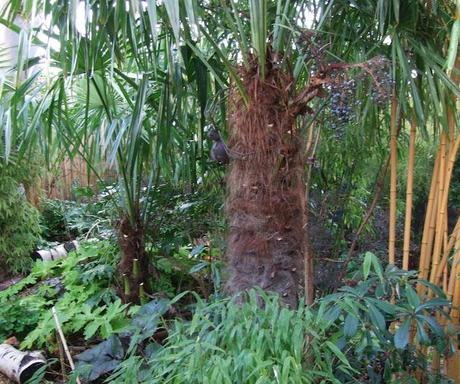
Now April 2012
And yes it can take years, but when you start getting there it will still surprise you. Thats how it felt for us at least, that after all that trimming and cutting we suddenly realised how much some of the plants have grown, how much height some of the palms, trees, shrubs, and bamboos have attained after years of being planted out. And how much space has been freed now that some of them are tall enough.And the best bit is, they're going to get even taller and bigger!
Now you can't just leave the space underneath them empty for too long, especially if you love plants and love the lush look even more...planting opportunities for shade lovers!
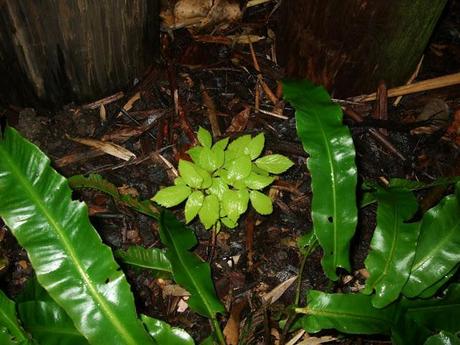
Aralia cordata 'Sun King' - a shade loving perennial now occupying this 'new' space. Should light up this area!
I remember someone saying to us last year that "I never really liked your garden until recently, with all those leaves brushing past my face as I walked along the pathway before. But now that plants have grown taller I enjoy wandering around now. After all those years I finally understand what you're trying to achieve".Open Sesame! Some new space have opened up for us. A bit more room for a few more plant treasures!
Mark :)

